Who is a Millennial? The Nielsen Company puts anyone born between 1977-1995 into this box, but our society also has a habit of putting this demographic into a box. There are many myths surrounding these consumers, and it’s wise to look at the data instead of stereotypes regarding marketing. We’ll explain why you should care, help clear up some of the confusion, and explain the best strategies for what it takes to create a great billboard ad for reaching millennials.
Millennials Prefer Billboards
You might be surprised to hear that Millennials and Gen-Z like billboards. In fact, they prefer OOH to other methods of advertising. These groups, filled with tech-savvy youngsters living in the latest apex of the dot com era, spend a lot of time on their phones. Why then would they prefer billboards over their phones?
Here’s the thing: phones are part of their lives. Millennials and Zoomers have grown up with phones, with Facebook and Instagram profiles. They’ve been young enough to keep up with the changing tech landscape, and their smartphones aren’t appliances that do a job, like a landline is. Their smartphones are extensions of their lives, which also take place in a digital atmosphere.
But, people like to keep their lives personal. When an app or website on their phone starts showing ads, people skip them, swipe them away, or switch apps. To a Millennial or Gen-Z, their online activity is personal, and seeing an ad pop up reminds them that their information is being leveraged to sell them products. They don’t trust online ads, and they don’t like them.
With billboards, it’s a different story. Billboards lend legitimacy to brands because they are able to sell one message about who they are. It’s not about manipulating anyone, but simply about showing audiences what you do.
It’s also difficult to compare billboards with other traditional media. Think about how much TV, radio, and newspapers have changed. A Millennial or Gen-Z tries to find ways to watch TV without ads by going with Netflix or Hulu. They fast forward on podcasts to skip advertisements. They read the news through social media. The tech landscape for most traditional media has changed a lot, but billboards remain mostly similar to what they have always been. Sure, we have digital billboards now, but the idea is the same: you show something to people where they will see it, and you build brand awareness. It’s simple, and it works.
OOH IMPROVES AUTHENTICITY
Millennials and Gen-Z don’t like being marketed to. 89% say they crave simple and straightforward ads, and 90% say they want a brand’s messages to match its actions. These generations don’t want ads to be psychological manipulations that lead to product purchase; they want to buy from brands they can get behind.
Furthermore, these generations also value real-world experiences. Billboards are part of authentic experiences because they exist in the real world. This has become such a trope that Millennials and Gen-Z will share photos of themselves in front of billboards they like, especially street-level billboards like our Wild Postings or Wallscapes. This boosts your brand’s reach because more people are seeing your ad, but it’s also coming from a source their followers trust.
And when it comes to retargeting: people are 48% more likely to click on an online ad after being shown the same ad on OOH first. That’s an incredible upside.
THERE’S NO AD BLOCK FOR OOH
Millennials and Gen-Z love content—they’ll binge watch a show, or listen to hours of their favorite podcast. But they do not like it when there are ads that interrupt their experience. Outdoor ads have a winning hand here because they don’t interrupt anything. In fact, if they’re relevant, they can be a welcome addition to the neighborhood scenery. One study found that, for these generations, billboards are not "perceived as being invasive in people’s lives, their activities or the content that they are exploring."
When Millennials and Gen-Z are forced to watch ads, as it is with Facebook and YouTube, they’re tech savvy enough to download an ad blocker. 70% of Gen-Z don’t see ads thanks to their ad blockers, so advertising to them on a mobile platform will never be as effective.
This is a great example of why OOH is poised to showcase your brand more effectively. These generations don’t like ads in their personal space (their phones), which is one of the main reasons why the influencer marketing strategy exists. However, we have paired with Adidas in the past to mix OOH and influencer marketing—check out our strategy here.
SHORT ATTENTION SPANS
Because Millennials and Gen-Z have so much content at their disposal, they can switch to something else whenever they feel like it. This, in part, has left them with shorter attention spans. Millennials didn’t necessarily grow up with a smartphone, so their attention span is 12 seconds, while Gen-Z only has 8 seconds.
This might make other forms of advertising less effective, but billboards don’t ask much of your time. A billboard should be understood in 5-8 seconds, giving these generations plenty of time to take in the imagery and messaging. With a relevant creative, ad copy, and approach, you could be making a meaningful impression without interrupting their day, which leaves a better impression.
Social and digital platforms have risen an incredible amount in recent years, and now that consumers can easily make purchases from their phones, it can be an effective part of any marketing campaign. Billboards can be used to enhance digital marketing efforts, especially for younger generations who don’t feel comfortable with having ads show up in what they consider to be their personal space.
Why Care About Billboard Advertising to Millennials?
You might be saying—ok, so what? Maybe Millennials and Gen-Z like billboards, but why should I be advertising to them? What do I gain from adding them to my audience? There’s a huge potential here for market growth and market share for some of the reasons we discussed above. Other companies might not have the insight to start billboard advertising, and you might gain more market share thanks to your effective marketing decisions. Below are some reasons why you should consider these age groups when advertising.
They Are Only Growing
24% of the US population is made up of millennials—that’s 77 million people. Learning how to better market your business means understanding what it means to reach this demographic. Because this demographic, with the values and habits they hold, is only getting larger and increasing in buying power.
Down, But Not Out
Millennials have not had a great time economically speaking and sport a higher “Misery Index” (calculated using unemployment and inflation rate). And not by a small margin, younger Millennials measure 2x worse on the misery index than those 55 and over. But, in spite of this, they maintain their optimism with 41% being happy with the way things are going in the country compared to 23% of the Boomers. And almost 90% believe they’ll be able to earn enough in the future.
But it’s not just the positive attitude that makes this demographic interesting. Some Millennials are actually quite affluent, making up 14.7% of those with assets beyond $2 million, more than Gen x and Young Boomers. Our city of Chicago actually makes the top 10 list of cities with the wealthiest millennials, coming in at number 9 (while Boomers don’t even make the list).
Millennials, even those who aren’t affluent, still want the latest and greatest and are shown to make impulse purchases. They are even shown to spend more than Boomers per trip.
They’re In The Cities
The classic “American Dream” is shifting from the suburbs to the city, with more and more Millennials opting to be in dense urban centers. But they don’t want to abolish the neighborhood feel totally. This created the concept of “urban burbs”, where people live in an urban environment but want their neighborhood to be walkable and everything within a close distance. This is especially true for Chicago. Hyperlocal targeting of specific neighborhoods is becoming more and more important for advertisers.
Then, while living in cities, Millennials are less likely to own a car and are more likely to walk to work than the older generations. This is what makes formats like Wild Postings so effective for companies in Chicago.
How To Create a Great Billboard Ad
With this information at your disposal, what should you consider when creating a billboard ad for Millennials?
Give Them a Deal
While Millennials may be known for their frivolous spending, they are actually the largest demographic in those who are spending their dollars on deals. With smaller paychecks mixed with a desire to have the latest and greatest, 31% of all their dollars are used on purchases that have a deal.
Endorsements
Through a study of having a music artist endorse your campaign, you can expect to see buy rates increase by as much as 28% among the artist’s fans and increase the market share by 2.4 points, according to this Nielson report on Millennials. This generation, more than older ones, love celebrity culture and appreciates authentic and relatable ads with a celebrity at the helm.
Have a Cause
Even though the Millennial generation has been called the “me” generation, the stats actually show the contrary. In one in example, Millennials are 8% more likely to feel the responsibility to care for an elderly parent. And when it comes to marketing positioning, this consumer group cares about being philanthropic. We see 75% of Millennials giving to a non-profit and 57% having done volunteer work, more than any other generation. Because of this they are more likely to spend money on businesses that are giving back, and these numbers are only growing. Promote a great cause in your marketing, and the Millennial will do the marketing for you.
Local Pride
Having an authentic and regional-based approach to your marketing is appreciated by Millennials. Embracing the local pride of Chicago, and, even better yet, a particular neighborhood creates a clear advantage.
Encourage Social Interaction
Unsurprisingly, Millennials are on social platforms more than any other generation. But a larger difference is how active this generation is compared to others. 20% of Millennials update their status multiple times a day, whereas 36% of Boomers simply never update. Entwining social media into your billboards will help drive traffic and further grow the reach of your impressions.
Reach out to our experts today to help you hyper-target your Chicago advertising. And not only that, but we will work with you to create the ideal design and messaging to reach the exact market, demographic, or generation for your business.
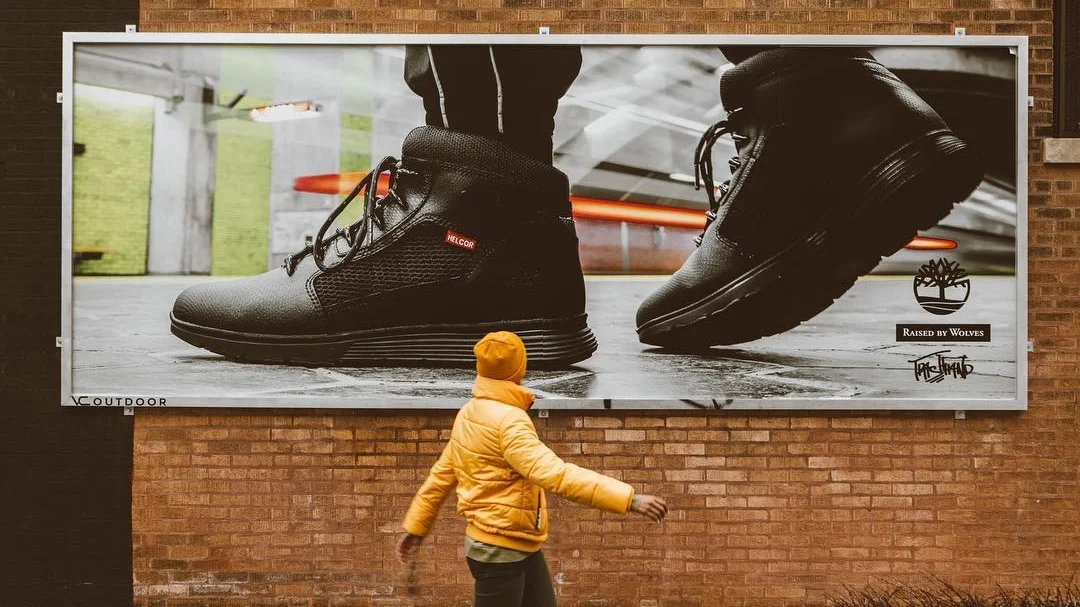


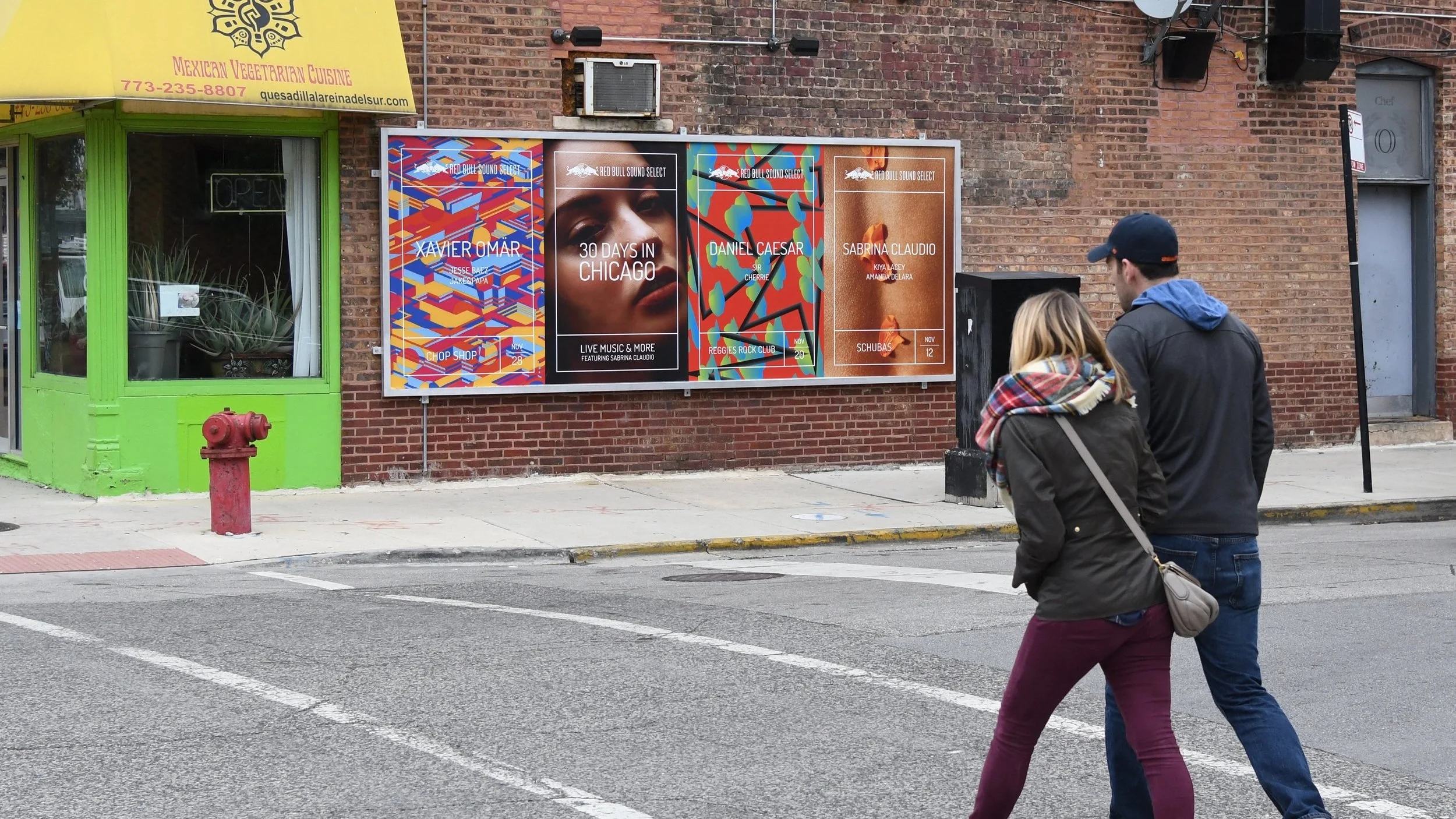



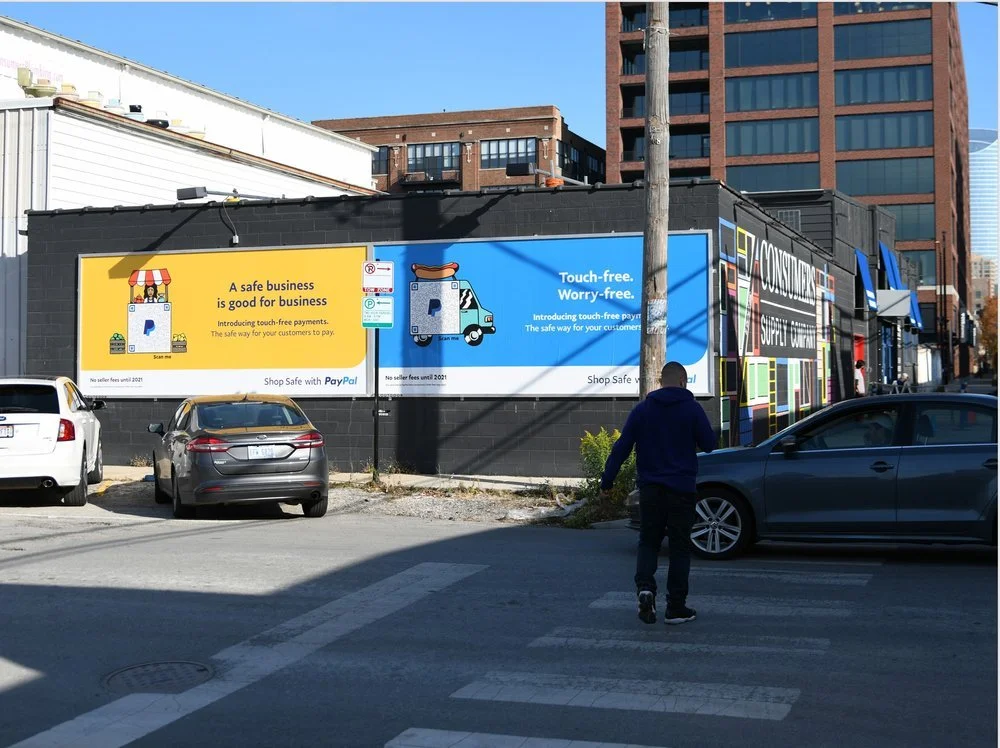
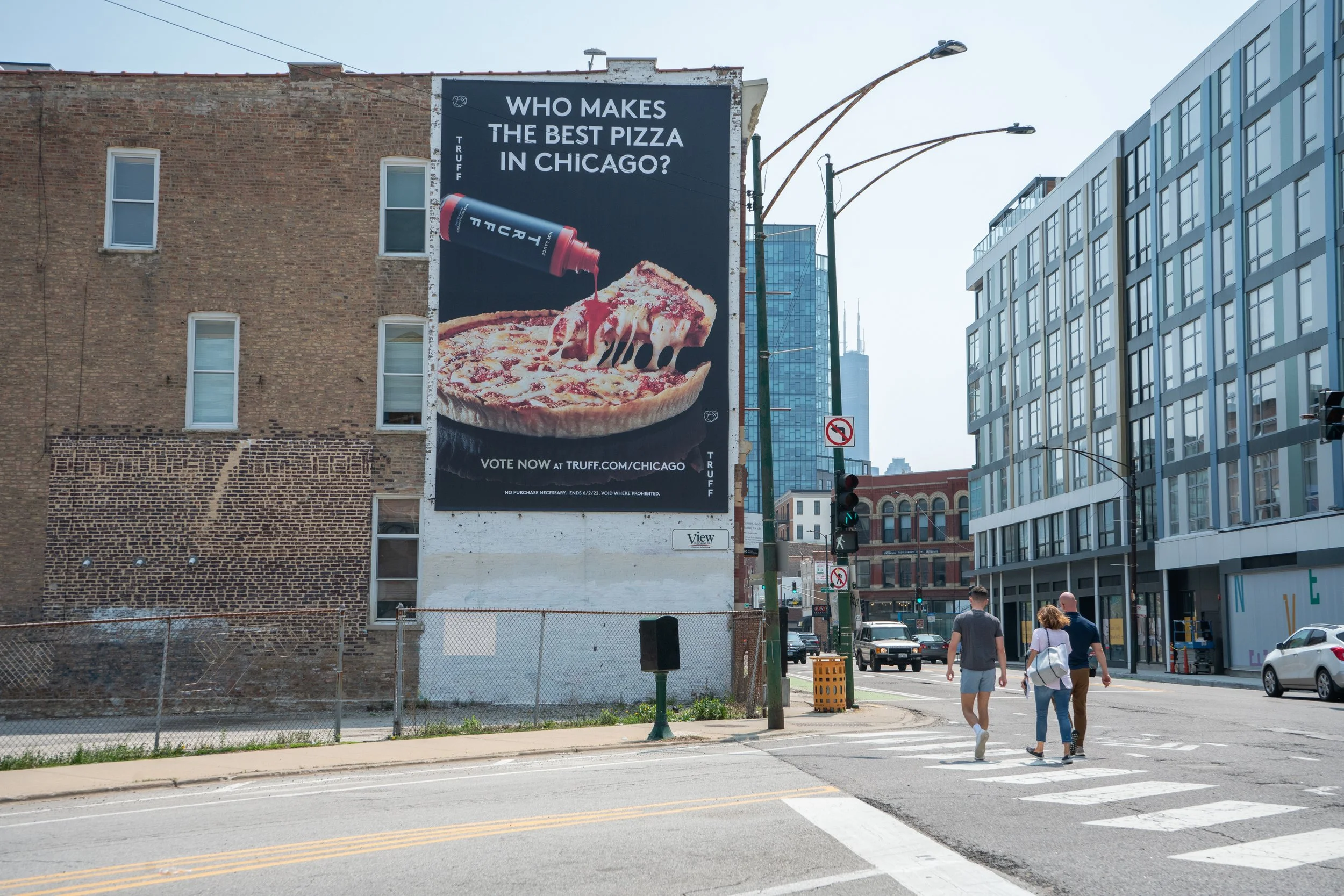
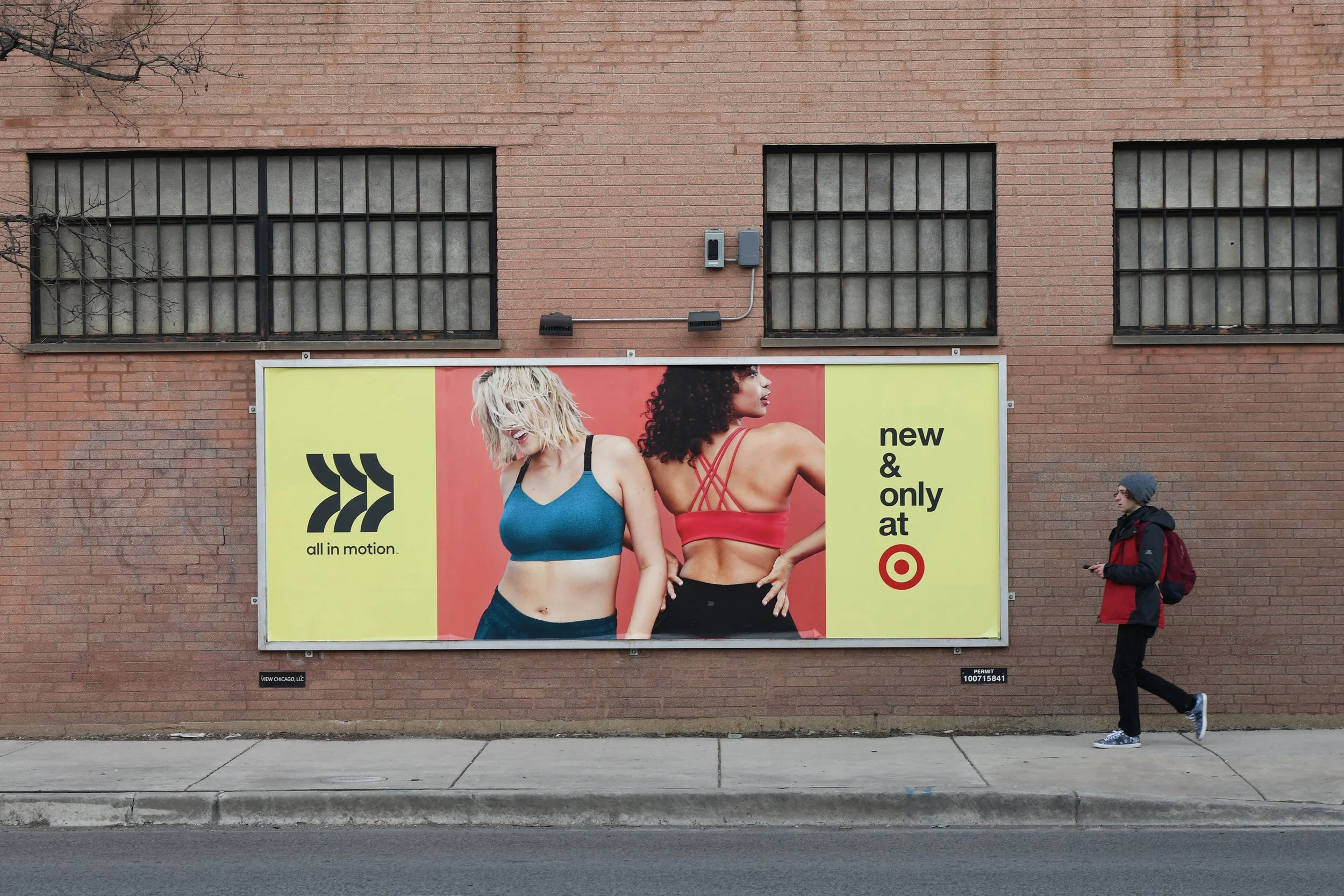


Renting a billboard is an easy process, but it’s important for billboard companies to be transparent with their pricing and how they offer the best deals for their customers. Here’s how we calculate the price of renting a billboard and some price ranges for each billboard type.